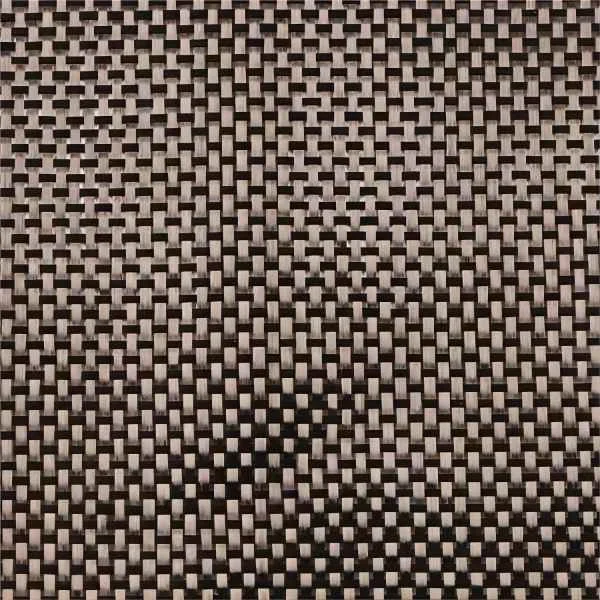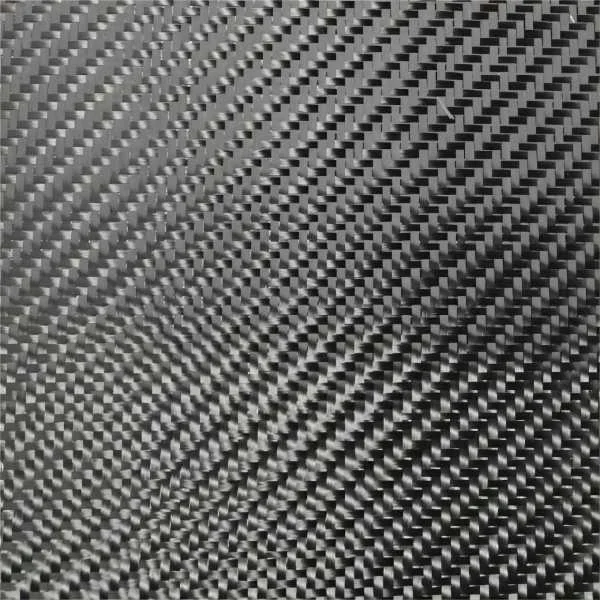Carbon fiber has become a popular material in various industries due to its exceptional strength-to-weight ratio and durability. One type of carbon fiber fabric that is gaining significant attention is bidirectional carbon fiber fabric. This fabric is woven in a way that provides strength and structural integrity in two directions, making it ideal for manufacturing applications. In this article, we will delve into the advantages of using bidirectional carbon fiber fabric in manufacturing processes.
Enhanced Strength and Stiffness
One of the primary advantages of bidirectional carbon fiber fabric is its exceptional strength and stiffness. The fabric is woven with carbon fibers running in both the warp and weft directions, resulting in a balanced and symmetrical structure. This design allows for equal distribution of load and stress in both directions, providing enhanced strength and rigidity to the final product. Manufacturers can utilize bidirectional carbon fiber fabric to create components that can withstand high mechanical forces and maintain their shape under heavy loads.

Lightweight and High Strength-to-Weight Ratio
Bidirectional carbon fiber fabric offers an impressive strength-to-weight ratio, making it an attractive choice for manufacturers seeking lightweight yet robust materials. Carbon fiber has a significantly higher strength-to-weight ratio compared to traditional materials like steel or aluminum. By using bidirectional carbon fiber fabric, manufacturers can reduce the weight of their products without compromising on strength and structural integrity. This lightweight characteristic is particularly beneficial in industries such as aerospace, automotive, and sports equipment, where weight reduction is crucial for improved performance and fuel efficiency.
Design Flexibility and Customization
Bidirectional carbon fiber fabric provides designers and manufacturers with a high degree of design flexibility and customization options. The weaving pattern of the fabric can be tailored to specific requirements, allowing for the creation of complex shapes and geometries. This flexibility enables the production of components with intricate designs that may not be feasible with other materials. Manufacturers can leverage bidirectional carbon fiber fabric to develop lightweight and highly optimized structures that meet the specific needs of their applications.
Corrosion Resistance and Durability
Carbon fiber materials, including bidirectional carbon fiber fabric, have excellent resistance to corrosion and chemical degradation. Unlike metals that can rust or corrode when exposed to moisture or corrosive substances, carbon fiber remains unaffected. This corrosion resistance makes bidirectional carbon fiber fabric suitable for applications in harsh environments, such as marine or chemical industries. Additionally, carbon fiber exhibits exceptional durability and resistance to fatigue, allowing components made from bidirectional carbon fiber fabric to withstand repeated loading cycles without structural degradation.
Thermal and Electrical Conductivity
Bidirectional carbon fiber fabric possesses unique thermal and electrical conductivity properties. Carbon fibers are excellent conductors of heat and electricity, allowing for efficient heat dissipation and electrical conductivity in applications where these properties are necessary. This characteristic makes bidirectional carbon fiber fabric suitable for use in electronic devices, heat sinks, and thermal management systems, ensuring optimal performance and reliability.

Impact Resistance and Vibration Damping
Bidirectional carbon fiber fabric exhibits impressive impact resistance, making it an ideal choice for applications that require high impact absorption properties. The inherent strength and rigidity of carbon fibers combined with their ability to absorb and disperse energy upon impact contribute to enhanced impact resistance. This feature is particularly advantageous in industries such as automotive and sports equipment, where components need to withstand sudden impacts or vibrations without compromising safety or performance.

Conclusion
Bidirectional carbon fiber fabric offers numerous advantages in manufacturing processes. Its enhanced strength, stiffness, and high strength-to-weight ratio make it a preferred choice for lightweight yet durable applications. The design flexibility and customization options provided by bidirectional carbon fiber fabric allow for the creation of complex shapes and optimized structures. Its corrosion resistance, durability, and thermal and electrical conductivity properties further enhance its suitability for various industries. Additionally, the impact resistance and vibration damping characteristics of bidirectional carbon fiber fabric make it an excellent choice for applications that require superior performance under dynamic loads.
As manufacturers continue to seek innovative and advanced materials, bidirectional carbon fiber fabric emerges as a versatile solution that can revolutionize the design and production of a wide range of components. By harnessing the benefits of bidirectional carbon fiber fabric, manufacturers can achieve enhanced performance, durability, and efficiency in their products while reducing weight and optimizing cost.
HengZhong Carbon Fiber Fabric uses high-precision carbon wire, advanced equipment, and powerful weaving technology. It is very glue-saving and durable. Each square carbon cloth can save about 0.5kg of carbon glue, and it also meets the design life of more than 50 years. For you Build a security framework to escort! Contact us to tell us about your performance fiber product needs!
E-mail: hengzhong@hzcomposite.com